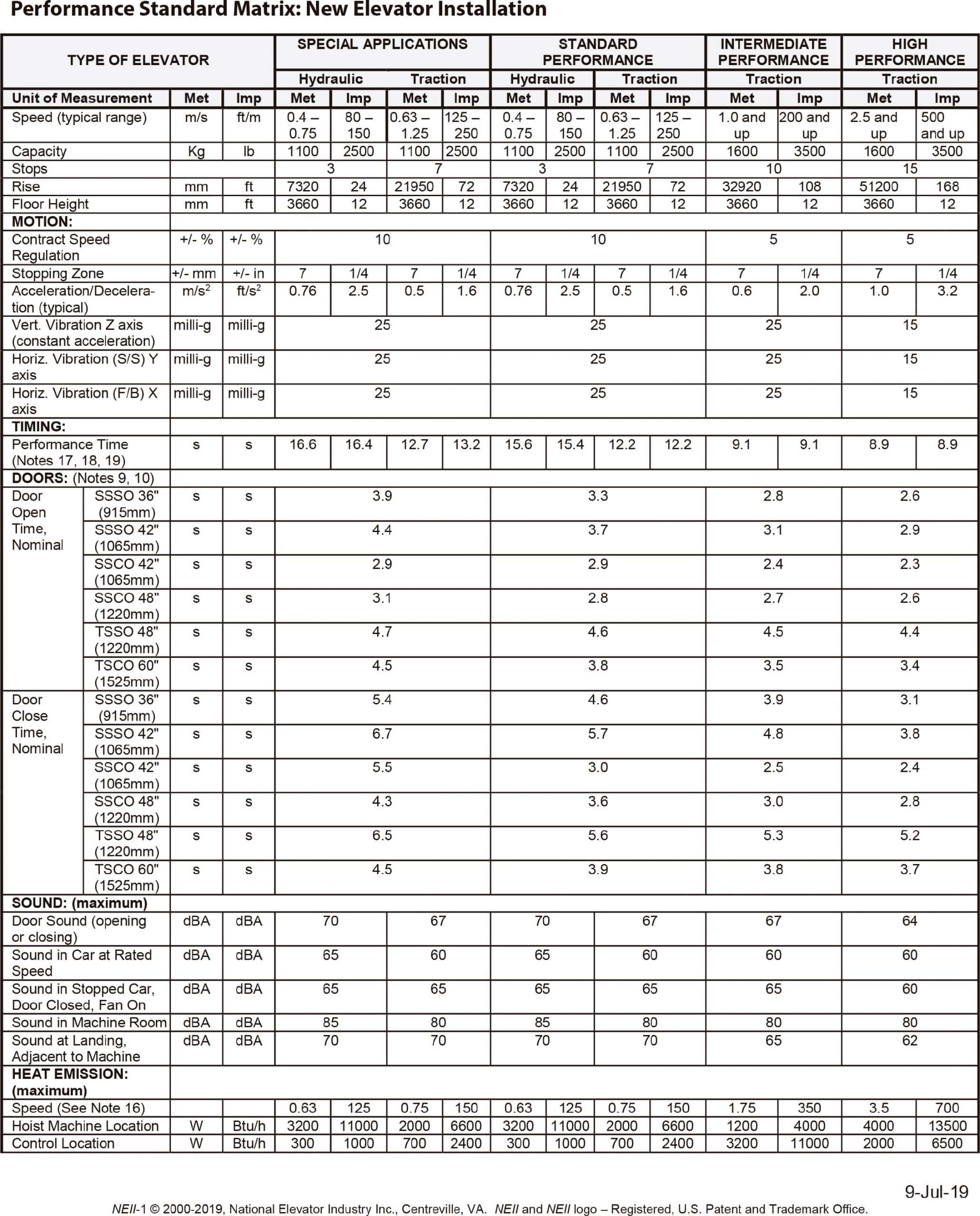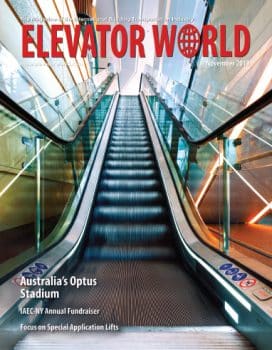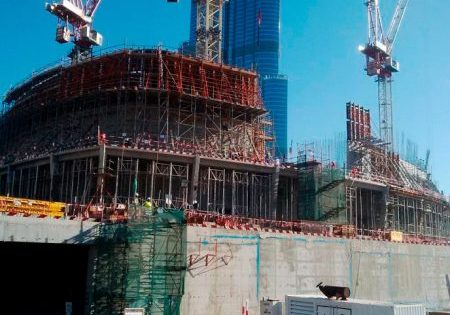North American associations work together to update elevator performance standards.
Leading North American associations representing the vertical-transportation industry recently recognized a need to provide more information for certain property types and additional door sizes included in the National Elevator Industry, Inc.’s (NEII) Building Transportation Standards and Guidelines, known as NEII-1. NEII, the Canadian Elevator Contractors Association (CECA) and the National Association of Elevator Contractors (NAEC) collaborated to update the Performance Standards Matrix for new and modernized passenger elevator installations. The matrix promises to establish consistent performance standards that meet client expectations and prolong elevator life.
NEII-1 is updated in real time to guide other building professionals as they strive to meet applicable standards when an elevator or escalator is installed or modernized. It includes guidelines on architectural and engineering layout, electrical systems, performance, terminology and modernization/maintenance. Architects, engineers, consultants, builders, property owners, elevator suppliers and other individuals involved in furnishing, installing and maintaining building-transportation systems will find the enhanced matrix an invaluable source of reference for door times. Its information will enable them to keep up with the building- transportation industry’s constant advances in innovation. Performance standards assume that:
“The new updated NEII-1 matrix developed with input from NEII, NAEC and CECA provides elevator contractors with backup when dealing with unreasonable performance expectations. This is a great example of various elevator industry groups working together to achieve a common goal.” -Mike Levis, Near North Elevator Consulting Inc.
- Duties shown are typical of equipment in each classification.
- Hydraulic applications have direct hydraulic driving machines.
- Standard and intermediate performance traction applications utilize static drives with resistor braking.
- High-performance applications have line- regenerative static drives.
- Special applications include elevating devices in buildings like senior homes and critical- care facilities where passenger-transfer times may be slower.
- Typical measurements are taken with a maximum of two passengers.
- Regulation for contract speed for hydraulic elevators takes into account the rated speed when the unit is operating in the down direction.
- Vibration measurements exclude door operation and are peak to peak.
- Door-closing times are subject to kinetic energy limitations per ASME A17.1/CSA B44. Times include 0.5 s for verification of lock and “motor ramp up.”
- Door-closing times are based on standard-weight, hollow metal doors.
- Sound measurements are taken with the fan off — unless otherwise noted — and are taken in a stopped car.
- Ambient noise has a 50-dBA maximum.
- Sound in machine rooms and other spaces is measured with one elevator operating at a time.
- Heat emission is based on a 35% duty factor; an increase greater than 35% will increase heat emission.
- Heat emissions are calculated for an indicated car speed and typical capacity of a particular type of elevator.
- Times are based on single-slide, center-opening, 42-in. doors; times will vary for other door types.
- Door times are determined based on total door travel distance.
- Performance time = floor height/lowest speed 60 s + door- opening time + door-closing time + 0.5 s.
Stakeholders explained the importance of the updated matrix. Mike Levis of Barrie, Canada-based Near North Elevator Consulting Inc., said:
“When CECA first approached me about inconsistent performance-requirements being requested by various consultants, I had to agree. Application of major downtown, class-A office performance standards to suburban or rural buildings is inappropriate. In addition, the Technical Standards and Safety Authority, our AHJ in Ontario, has asked for slower door times in buildings like low-income and seniors’ homes, where more mobility-challenged users might live.
“Looking at the U.S., we found the NEII-1 performance standards had been out for some time. This provided a good starting point for our own discussions. Some of our CECA members expressed a desire to have additional standards for low-rise applications, like in seniors’ homes and rural, low-usage buildings that are also able to cover more door configurations we might encounter in those types of buildings.
“The new updated NEII-1 matrix developed with input from NEII, NAEC and CECA provides elevator contractors with backup when dealing with unreasonable performance expectations. This is a great example of various elevator industry groups working together to achieve a common goal.”
Speaking on behalf of NAEC, Matt Hollinshead of West Chester, Pennsylvania-based Kencor, Inc. Elevator Systems observed:
“The new performance standard with the special-application category takes a great step toward protecting the riding public in facilities that fall under this new category. I believe this new performance standard gives professionals who had a concern about door speeds a new confidence that there is an alternative standard they can now reference.”
NEII Executive Director Karen Penafiel said:
“When CECA first approached NEII with the idea to update the Performance Standards Matrix, we recognized it was a great opportunity to combine the collective expertise of our memberships. This collaborative effort produced great results, and we look forward to the next opportunity to partner with CECA and NAEC.”
Get more of Elevator World. Sign up for our free e-newsletter.









